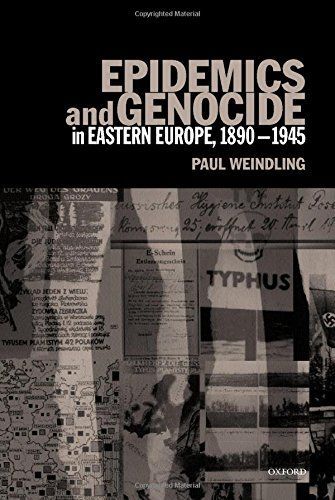
Epidemics and Genocide in Eastern Europe, 1890-1945
'Weindling has clearly put his finger on something important here.' -Journal of Modern History'Paul Weindling's Epidemics and Genocide in Eastern Europe, 1890-1945 is a chilling book.' -English Historical Review'This volume is powerful and perceptive, informative and insightful, providing visual evidence and explanatory diagrams which give a very comprehensive aspect to the book... anyone with even the remotest interest in modern history would find this volume intriguing.' -Bulletin of Medical Ethics'Dense and academic but at the same time stimulating... a compelling work.' -ChoiceHow did typhus come to be viewed as a 'Jewish disease' and what was the connection between the anti-typhus measures during the First World War and the Nazi gas chambers and other genocidal medical practices in the Second World War? This powerful book provides valuable new insight into the history of German medicine in its reaction to the international fight against typhus and the perceived threat of epidemics from the East in the early part of the twentieth century. Professor Weindling examines how German bacteriology became increasingly racialised, and how it sought to eradicate the disease by eradication of the perceived carriers. Delousing became a key feature of Nazi preventive medicine during the Holocaust, and gassing a favoured means of eradication of typhus.